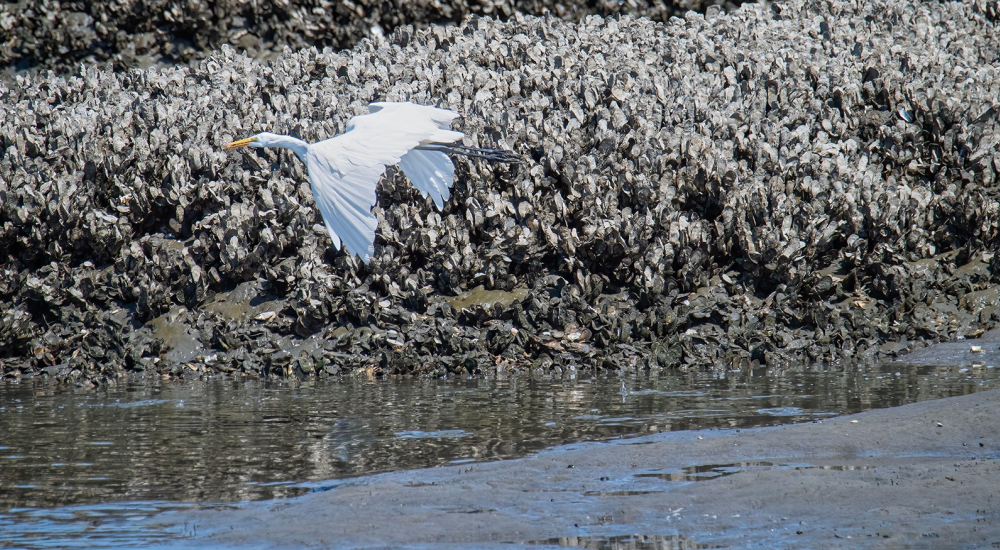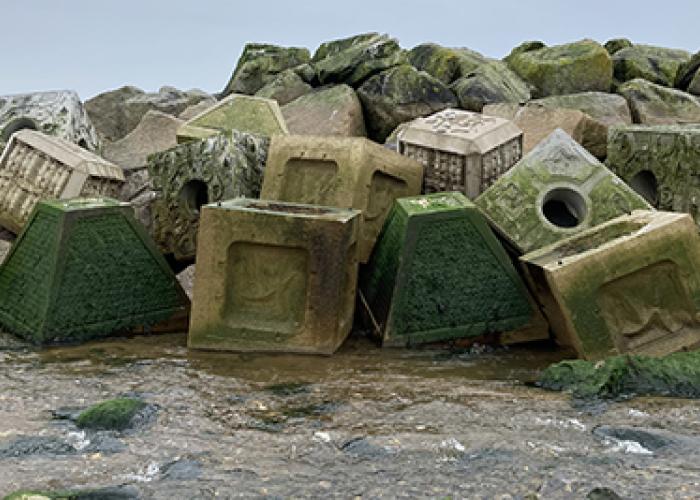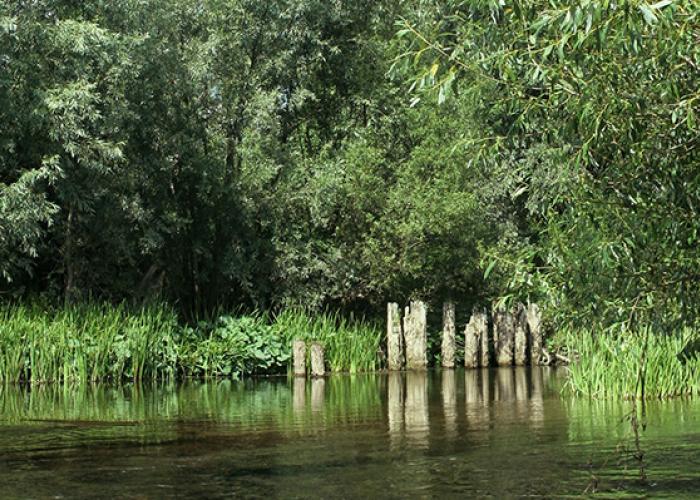
International Guidelines on Natural and Nature-based Features for Flood Risk Management
As climate change accelerates and extreme weather become more frequent, communities around the world are re-evaluating how they manage flood risk. Traditional "grey" infrastructure - like concrete levees and floodwalls - has long been the default. But these solutions often come with high costs, limited adaptability, and negative environmental impacts. HR Wallingford was part of a global initiative that is changing that narrative.
A global guide to working with nature
The International Guidelines on Natural and Nature-Based Features for Flood Risk Management represent a major step forward in how we approach flood resilience. Developed by an international team led by the US Army Corps of Engineers’ Engineer Research and Development Center, the guidelines offer a comprehensive, science-based roadmap for designing and implementing nature-based solutions in both coastal and river environments.
These solutions include restoring wetlands, building oyster reefs, reforesting riverbanks, and other interventions that work with natural systems rather than against them.

Why it matters
Grey infrastructure alone can’t keep up with the scale and complexity of today’s flood risks. It’s expensive to maintain, often ecologically damaging, and lacks the flexibility to adapt to changing conditions. In contrast, natural and nature-based features (NNBF) offer multiple benefits:
- Long-term risk reduction through adaptive, self-sustaining systems
- Enhanced biodiversity and ecosystem services
- Lower maintenance costs over time
- Increased community resilience and co-benefits like recreation and water quality
These guidelines fill a critical gap by consolidating global knowledge and best practices into one accessible resource. They’re designed to help engineers, planners, and decision-makers integrate NNBF into flood risk management strategies from the ground up.
Our role in shaping the future
As part of the editorial board, we played a key role in shaping the guidelines - co-leading the chapters on performance metrics and frameworks and contributing to the sections on riverine systems. Our work ensures that the guidance is not only scientifically rigorous but also practical and actionable for real-world application.
A tool for transformation
The guidelines are already influencing how governments, organisations, and communities think about infrastructure. By recognising the value of nature in reducing flood risk, they’re helping to shift investment toward more sustainable, resilient, and cost-effective solutions.
Want to know more?
Further information
Contact our project lead



